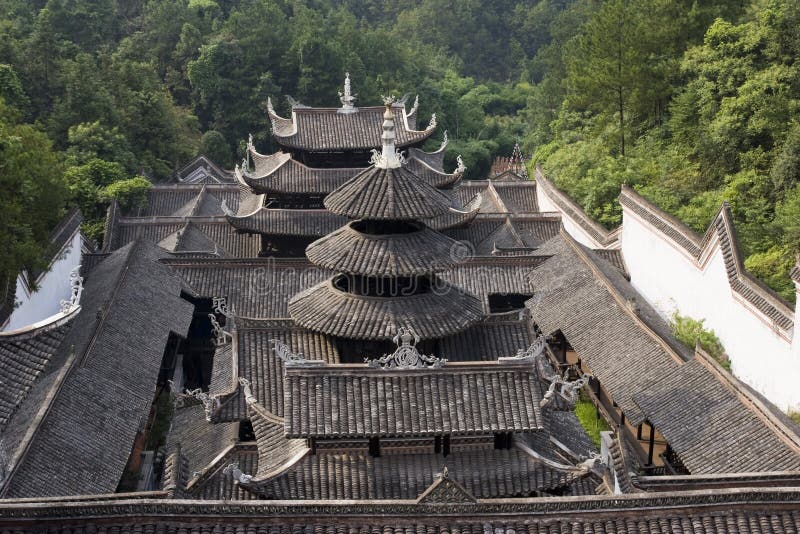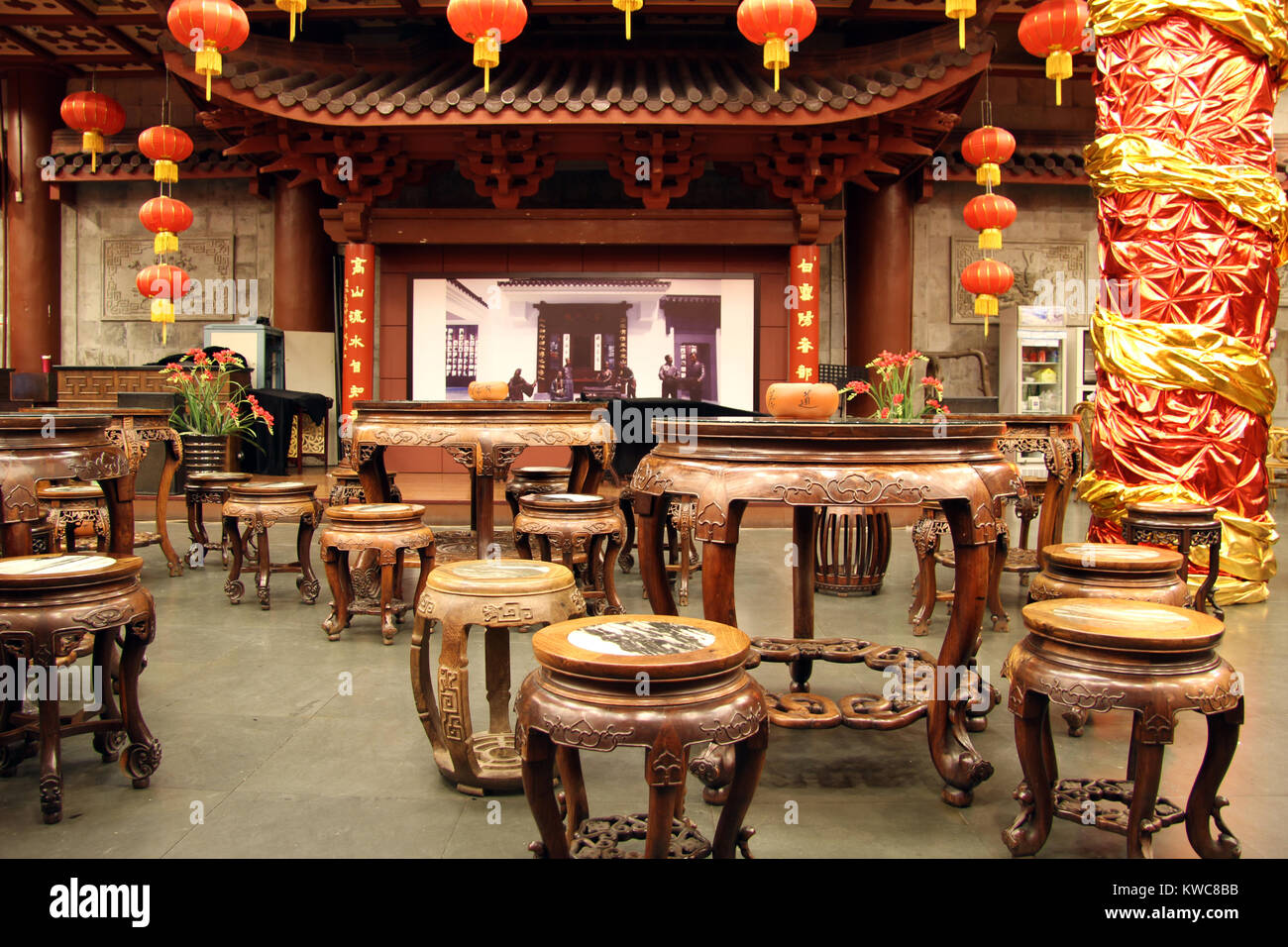Table Of Content

These Chinese houses were built between the 12th and 20th centuries in the Fujian and Guangdong regions. For thousands of years, the Chinese of the Loess Plateau have built their houses in caves called Yaodong. These Chinese houses are built vertically downwards forming a sunken courtyard that has horizontal and vertical rooms on its sides. These traditional Chinese houses are built on a horizontal axis with the main door always facing south, according to the principles of Feng Shui.
Official White House China: From the 18th to the 21st Centuries
Following the renovation of the White House in the spring of 1952, the chinaware of the presidents was reinstalled in new cabinets in the same China Room. Beginning with the day President John Adams first moved into the new house at 1600 Pennsylvania Avenue, the fortunate few invited to dine have shared their impressions with family, friends, and neighbors back home. Because hospitality is so bound up in ceremonial eating and drinking, such accounts often include some description of the type of food served and the manner and ware in which it is presented. This interest in food and the dishes of the Executive Mansion has been an inspiration for the formal collection of the White House china itself. The family rooms are arranged vertically and all face the large inner courtyard, which is usually round or rectangular. The Fujian Tulou are traditional dwellings from southwest China built by the Hakka minority.
白饭 Steamed Rice
Mrs. Baker was deeply involved in the acquisition and preservation of White House China until her death in 1923. The White House staff and first families who sold china apparently did not see the historical importance of the collection, and the proceeds of the sale were likely more important to them than the china itself. It is now known that the china was personally collected at the auctions by White House staff members, and pieces of presidential china turn up with great frequency in the presidential house museums throughout the country. In addition to a state service, the first lady often purchased less elegant china out of public funds for everyday use. Sometimes the only clue to distinguish between the state china and the less formal china is the number of pieces listed and the price paid for the china.
蛋花汤 S2. Egg Drop Soup
The term "china," used throughout this book, can be defined as both porcelain and earthenware used for table services at the Executive Mansion. The term acquired this meaning as early as 1889 when Theodore R. Davis wrote his first articles on White House China for The Ladies Home Journal, and it was continued by Abby Gunn Baker and the other writers of the early twentieth century. It is still in use today at the White House where the terms "China Room" and "The White House China Collection" include both porcelain and earthenware used on presidential tables from 1789 to the present. The places of purchase, the types of china being used, the pieces which make up a dinner service and its design, tell much about the material culture and the social customs of our country.
PASSED: House Approves Tax Deal to Deliver Relief for Working Families and Small Businesses, and Help America ... - Ways and Means Republicans
PASSED: House Approves Tax Deal to Deliver Relief for Working Families and Small Businesses, and Help America ....
Posted: Wed, 31 Jan 2024 08:00:00 GMT [source]
The Lilong appeared as a response to the increase in Shanghai’s population in the mid-19th century (as a result of people fleeing the Taiping Rebellion). In the end the house used to have a small sanctuary dedicated to the family ancestors. The larger the family, the larger the courtyard house, which could be enlarged by building more courtyards and rooms as the family grew. Some have nothing to do with the typical Chinese traditional house, an example of this are the Tulou of which we will talk later.
This photograph of the China Room was taken in 1918 during the Woodrow Wilson administration. First Lady Edith Bolling Galt Wilson was the first to display the china in this room in 1917 and today every president is represented in the room, though not all designed and purchased a state service during their administrations. He suggested she write a story about the presidential china in the White House in the hope that the resulting attention would lead to its preservation. According to Mrs. Baker, he said that “if somebody does not do that pretty soon, there won’t be any left to preserve.”4 Delighted with the opportunity, she told him that before writing the piece, she would have to study the ware in the house and the records concerning it. The house in which the President of the United States lives has always had a great fascination for American citizens who have come to feel they share in the ownership of the Executive Mansion. Throughout its more than 200 year history, the style in which the house is furnished has been determined—to varying degrees—by the money appropriated by Congress from public funds.
However, some modern Chinese architects have wanted to mix the traditional with the new in many of their projects. One of the most famous is the Tea House project, a house located south of Tiananmen Square. Legend has it that these houses were built one floor above ground level because their first inhabitants had to defend themselves from wild animals. The alleys are part of the house, where food is prepared and children are raised, but the interior of each house is private.
Traditional Chinese houses often come to mind when we first think of Chinese culture. This cabinet in the China Room contains the personal services of President George Washington and President John Adams. Attain harmony of taste, texture, colorand aroma in every dish.Healthy food made from fresh ingredients. Another ad from a decade ago shows Sun, in Bob Rossian fake fro and beard, dabbing soy sauce onto a canvas using “happy little eggrolls.” Another spoofs South Korean artist Psy’s 2012 hit “Gangnam Style” — rechristened “House of China Style” for Sun’s purposes. A migrant from Taiwan, Sun built a thriving business and carved out a home for himself in McAllen, which welcomed him back warmly.
Special Order

The interest of the Smithsonian Institution in presidential china began with pieces of china acquired by the Institution in collections of presidential memorabilia. In 1955, this china was exhibited for the first time as a collection in the then newly renovated First Ladies’ Hall in the Smithsonian Institution’s Arts and Industries Building. The information gathered also proved valuable when Mrs. Eisenhower wished to improve the exhibition of the china collection at the White House.
He said the closure is difficult and prompted him and his wife to take a Mexican cruise, a vacation after a career that hasn’t allowed for many.
A TikTok ban bill was passed by the House. Here's what that means for the app - NPR
A TikTok ban bill was passed by the House. Here's what that means for the app.
Posted: Thu, 14 Mar 2024 07:00:00 GMT [source]
That’s why the people who lived in that part of China decided to make their houses under the soil instead of on top of it, because it was easier. The further you went into the house, the more private the room in question became. The closer you were to the family, the more they let you into the house, allowing you to be received in their second courtyard. The buffet, with heaps of fried food, steamed vegetables and meats in a variety of sauces, was the marquee attraction.
Once you crossed the main door some found in a small room intended for visitors. This dinner plate was purchased during the McKinley administration and features a blue-green border and gilt scrolls. By the middle of the nineteenth century, china was sought after at these auctions and cherished for generations by the families who acquired it, but often the purchasers knew little about the history of their prized possessions. The lack of mobility of nineteenth-century Americana resulted in a heavy concentration of these early collections in the Washington area. In the beginning of the White House story, it was Congress that made it possible for the public to acquire articles used in the President’s House.
For the earlier administrations, both the miscellaneous china purchased for general household use and the formal services are listed in some detail in this study, but as soon as the pattern of purchase becomes clear, repetitious details are no longer included. The term “state china” is used to refer to a banquet service purchased for use on state occasions, such as the formal dinners given for members of Congress, foreign diplomats, and heads of states, and any other occasion which calls for a formal meal served in courses. Early in 1955, President and Mrs. Dwight D. Eisenhower and First Lady Mamie Eisenhower selected a set of handsome service plates with a wide gold rim that could be used with any of the other state dinner services. It was the addition of these plates to the china collection and Mrs. Eisenhower’s own love of beautiful china which prompted her great interest in the collection. With the assistance of the Smithsonian Institution, all of the pieces in the White House china collection were carefully examined in 1957, and many of them were relabeled on the basis of research done by the Smithsonian staff. Abby Gunn Baker, a journalist and amateur historian, was asked by Colonel Theodore Bingham, the man in charge of public buildings and grounds during the McKinley administration, to write an article on presidential china.
The majority of the Chinese population of cities now live in flats of large apartments or skyscrapers, like most of us. At first glance it seems that these houses are going to fall as they are supported by simple wooden columns. The ground floor is usually used as a warehouse, while the second and third floors are for the inhabitants of the house and their families. Diaojiaolou are ancient Chinese houses built by the Miao minority in southwestern China. They are usually built of wood near mountains and rivers, usually with an extended floor space. The Loess plateau has a fertile clay soil, which makes it very useful for both cultivation and digging.

No comments:
Post a Comment